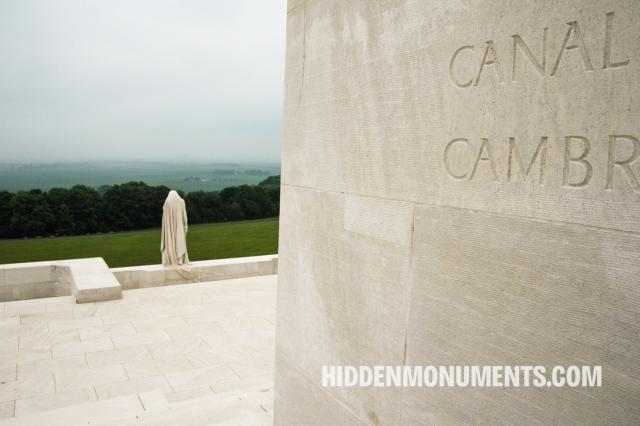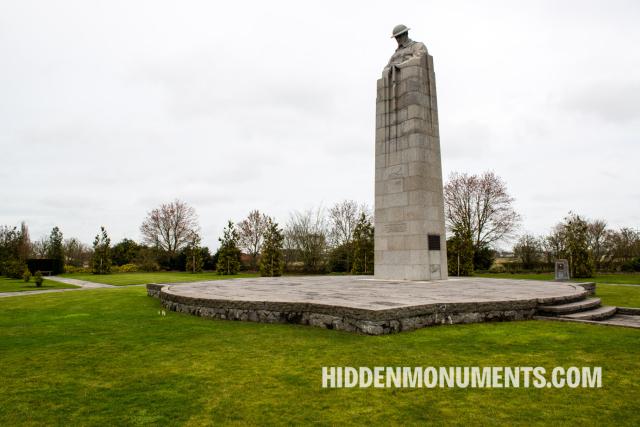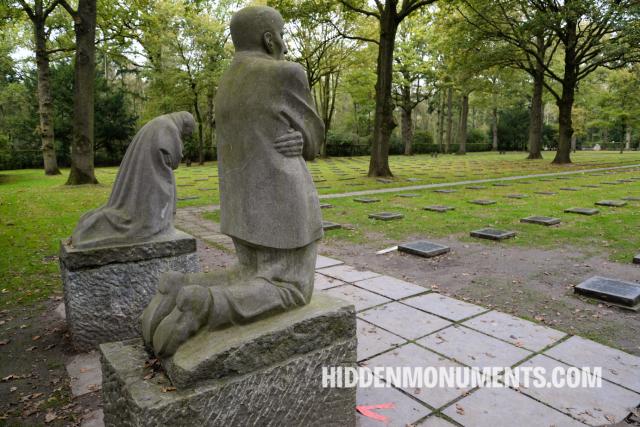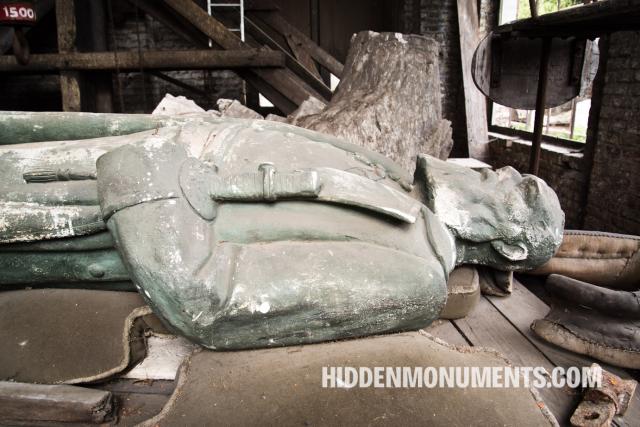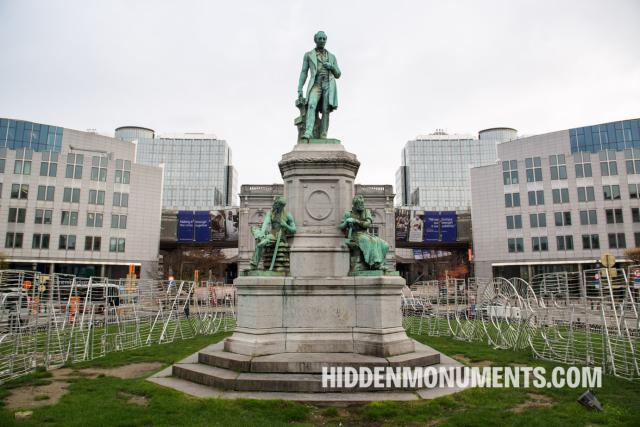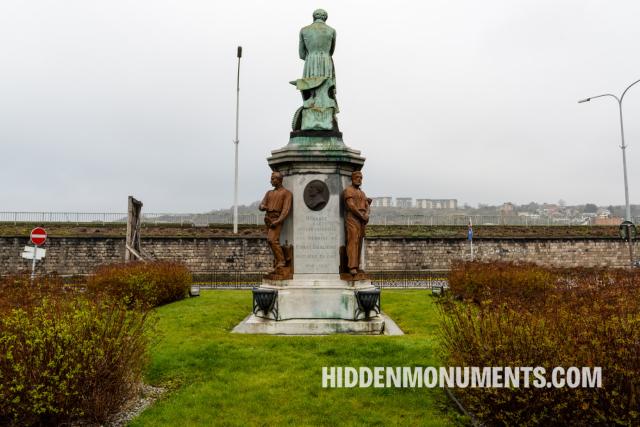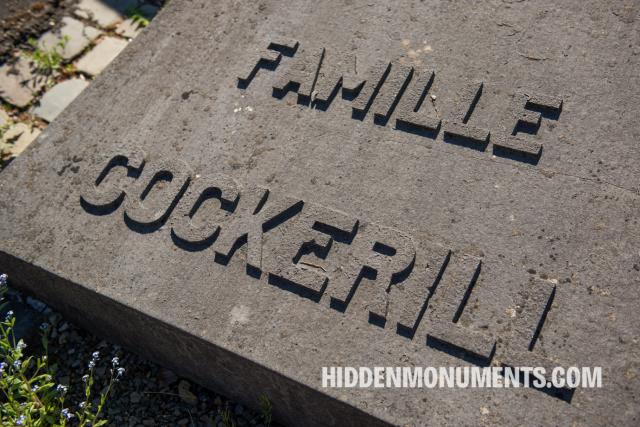With the publication of the novel ‘Don Quixote’ in the early seventeenth century, Spaniard Miguel de Cervantes wrote one of the classics of world literature.
Statues
Discover the rich tapestry of monuments, sculptures, and effigies that stand as silent sentinels of history across Europe.
- 13 destinations
A monumental memorial was erected in 1938 on the bank of the Yser in Nieuwpoort in honour of Belgian King Albert I.
The two 30-metre-high pylons of the Canadian War Memorial in Vimy, France, commemorate Canadian soldiers who died during World War I.
A sculpted soldier guards the Canadian Forces Memorial near the hamlet of St Julian in Langemarck-Poelkapelle since 1922.
German soldier Peter Kollwitz was not yet 18 years old when he was killed on 23 October 1914 while attempting to cross the Yser near Diksmuide.
The statue of King Leopold II on the Throne Place, Brabo in Antwerp and Manneken Pis: one by one bronze monuments cast by the "Compagnie des Bronzes de Bruxelles."
On the Luxemburgplein in Ixelles, you will come across the John Cockerill Monument. In 1872, a year after his statue was unveiled in Seraing, Willem Rau, Cockerill's loyal right-hand man, took the initiative to donate a statue to Brussels.
John Cockerill (and the rest of his family) propelled Belgium, the Netherlands, Prussia and France into the era of the Industrial Revolution in the early 19th century. A few decades after Cockerill's death, a monument honoring the 'father of the workers' was unveiled in the streets of Seraing.
The Cockerill family's tomb in the Spa cemetery pales into insignificance compared to the monument that adorned the family grave for a century.
Pagination
Get the latest stories straight to your inbox
Latest from the blog
If you love hiking and exploring industrial history, the Minett Trail in southern Luxembourg is the perfect adventure. Winding through the country’s historic steel heartland, this trail connects old industrial sites, cultural landmarks, and striking landscapes.
All photos and stories are copyrighted. Of course, linking to articles on the site is possible and allowed.
If you would like to use photos or articles from this website, please contact bart@hiddenmonuments.com.
© 2003-2025 Hiddenmonuments.com


